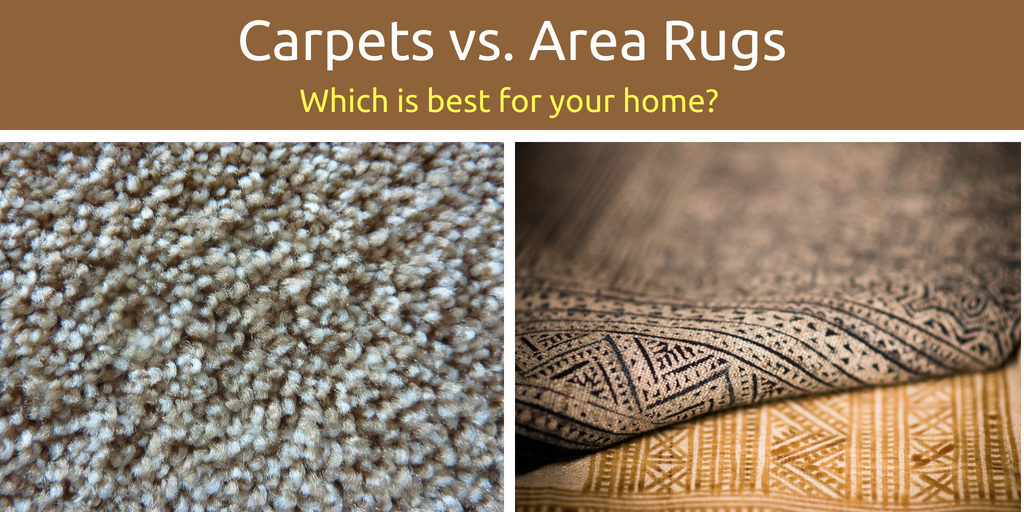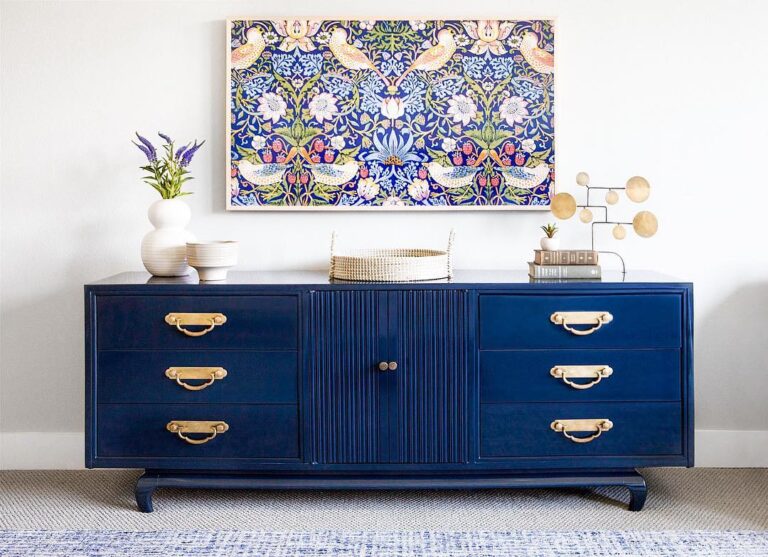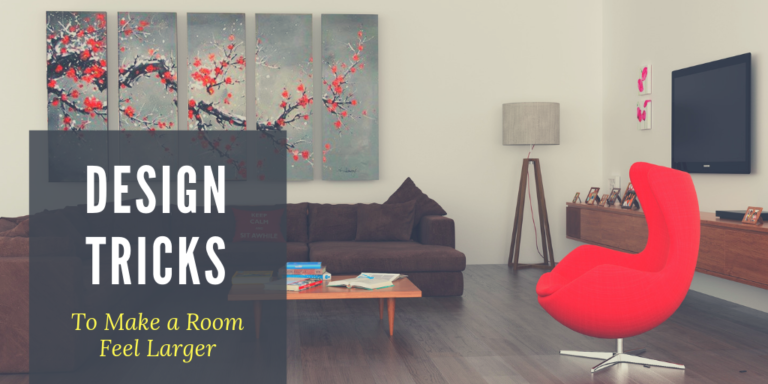Carpets vs. Area Rugs – Which is Better?

It’s not really a question of one being better than the other, but more about which is more appropriate for the room and your needs. There are multiple factors that come into play – including the shape of the room, versatility, design elements, allergy concerns, and noise buffering requirements. So what should you consider when making that decision? Here’s a helpful guide to determine what works best – carpets vs. area rugs – and which is ‘better’ for your purposes.
Area Rugs
The first thing to consider is the existing flooring. Do you have hardwood floors/tiling and, if so, what condition is it in? When opting for area rugs, some of your floor will be showing, so it’s important to look at the state of the underlying floor. If your floors are in decent shape, you’re good to go with this option.
Area rugs are a popular choice because they come in a variety of colors and designs. In many ways they can act as a piece of art to frame the room. You can’t deny the beauty of an intricately crafted Persian rug or a thick, fluffy sheepskin rug. Not only do area rugs offer more design/décor options, they also are very versatile and can be easily changed out or taken with you if you move. They are also a better choice for those with dust allergies as they are much easier to clean than carpeting.
However, there can be some drawbacks as well. Area rugs can pose a tripping or slipping hazard, as they are not securely fixed to the floor like wall-to-wall carpeting. This can be remedied with a rug pad or double-sided tape but still remains an issue (especially for elderly residents whose balance or walking may be compromised.) Another issue would be if the aforementioned flooring is in disrepair, as you’d need to invest in fixing or refinishing before opting to use area rugs.
Carpets, on the other hand…
offer the benefits of being cozy, muffle sound, and provide cushioning. Wall-to-wall carpeting also works best for unusually shaped rooms and can create unity throughout the color scheme and design of a home – especially in homes with multiple small rooms. As discussed earlier, they are firmly secured to the floor with either glue or tacking – preventing any slipping or tripping concerns – and provide entire coverage (no cold toes stepping onto hardwood or tiling). They also provide cushioning if you were to fall – a consideration for both young children and older residents in a home.
One of the downsides to carpeting is the wear and tear in high traffic areas. Once worn down in certain areas, you will need to replace it. They’re also a poor choice for those who suffer from allergies or live in humid climates – as dust and moisture can get trapped in the fibers. In addition, wall-to-wall carpeting is costly and often difficult to clean (pet owners beware). Furthermore, you can’t take it with you when you move – hence any investment you make in the installation is left behind for the next owners to enjoy.
To Sum it up – Carpets vs. Rugs – Which is Better?
As you can see, it all boils down to what suits your needs and how the pros outweigh the cons. The choice can be difficult at times but we hope this guide has provided you with some basic knowledge to help with your decision. Feel free to reach out with any questions on which option is best for you and your home.






